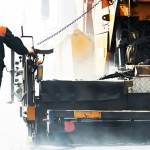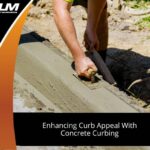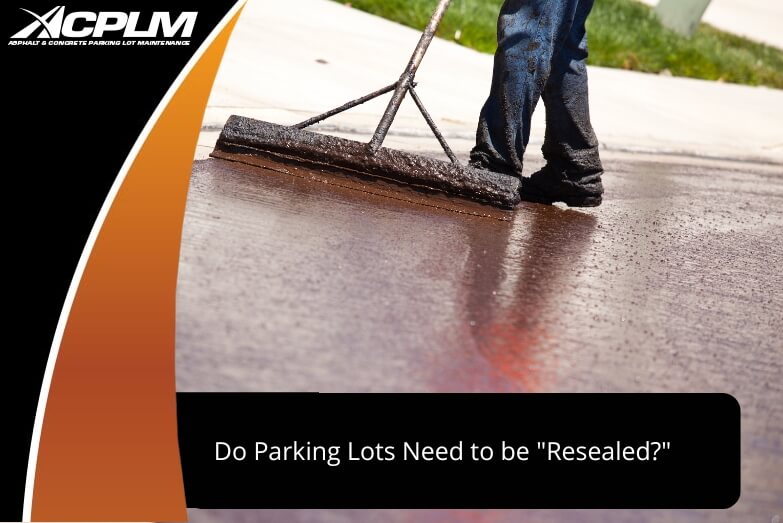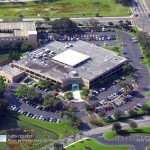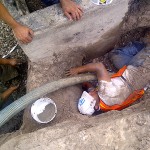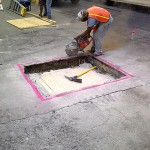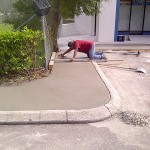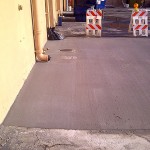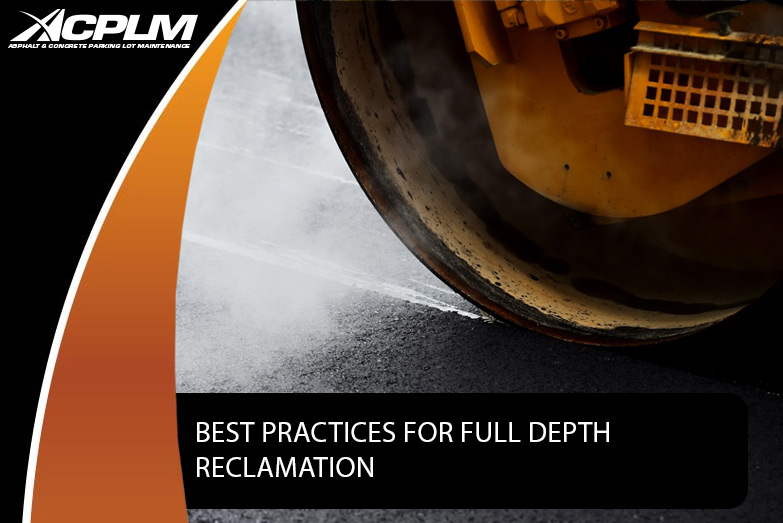
What are the best practices for full depth reclamation?
Pavements like roads and parking lots may sometimes suffer from base problems that can cause them to deteriorate. Nowadays, removal and replacement have become less common due to cost concerns and their effect on the environment. Construction alternatives include full depth reclamation, a pavement rehabilitation technique done by mixing and pulverizing the base with asphalt. It “recycles” the existing pavement by retaining its base and treating it with asphalt to strengthen the foundation.
Full depth reclamation has been growing in popularity for the past decade or so due to its environmental friendliness and cost-effectiveness. With that said, reclamation to achieve a full depth asphalt pavement will not be suitable in all cases. For one, the pavement must have sufficient material depth, and the existing soils and substrates must be suitable for the process to be done.
Get a Full Depth Asphalt Pavement by Going Green
The process of full depth reclamation is essentially a green alternative to pavement projects since the materials used, including the asphalt and stones, are recycled. Furthermore, since the project can be done much quicker than removal and replacement, you can reduce your operating times and carbon footprint. You can reduce your landfill waste significantly.
Inspect the Base Material
To get a full depth asphalt pavement through reclamation, you must first examine the base material to see if it is suitable to be blended. In some cases, the material may not meet the height or load-bearing requirements and will thus have to be removed to use a stronger material. With that said, it is important to note that the onsite material conditions can change quickly. Thus, mixed designs are often used to accommodate inconsistencies and irregularities in materials.
Prepare for Pulverization
Full depth reclamation the pulverization of materials, so before this step is done, the pavement must be adequately prepared. Pre-milling may be done to account for material bulking, which should generally take up about 10-15% of its volume. Additionally, using a test section before the actual pulverization can help you check for the gradation and fluid content to see if they meet the requirements. Knowing this information will also be useful to determine the equipment speed and milling drum rotation rate.
During the pulverization, it is advisable to overlap the longitudinal joint by six inches to prevent missing any material. Mark the cut line on the pavement surface and confirm the overlap width before starting each new sequence. Like Asphalt Paving, you must be careful with where your machine stops and starts since this can affect the smoothness of the transition.
Control the Moisture Content
Another important aspect of achieving full depth asphalt pavement with reclamation is controlling the moisture content. Water will be added during the pulverization process, so you must ensure that you reach the optimal moisture content at all times. Too little moisture can hinder compaction, and too much moisture can cause delayed pumping that will require drying before you can proceed with the rest of the work.
With that said, doing full depth reclamation is ideally not done during rainy days since this will make it harder to control the moisture content. For the same reason, the process must also be avoided at low or near-freezing temperatures, which can lead to issues with curing. Generally, weather conditions must be considered when planning for a reclamation project since these may cause issues if ignored.
Set the Grader Blade to the Right Depth
After passing the reclaimer, the material will be bladed and compacted. The first compaction will be done with the stabilizer, followed by the grader to help shape the material. When doing the latter, make sure the grader blade is at a depth where it can remove the imprints from the roller. Likewise, it will be best to minimize the number of passes needed to grade the material since overworking it can cause it to dry out.
Allow Enough Time to Cure
It is important to allow enough time to cure the reclaimed surface before it is opened for traffic. Whether you are working on Parking Lot Maintenance or another pavement, the required curing time will depend on many factors, such as the moisture content and temperature. Curing time will also affect the type of stabilization agent to use. After the area is fully cured, a surface course like a slurry seal, micro surface, or hot mix overlay may be applied.
Conduct Visual Observations
During the construction process, you must conduct visual observations continuously to ensure that the equipment is functioning properly and performing the desired work. The quantities of the water and asphalt emulsion must also be checked for verification, along with the temperature of the emulsion as it is being added to the pulverized layer. Moisture requirements must be taken from time to time to ensure compaction requirements are met.
Making constant observations throughout the entire process will be crucial to control and assure quality in the full depth asphalt pavement.



